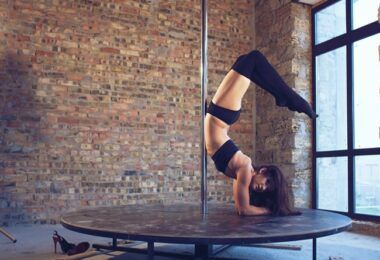Within the daily business operations, one of the leading but underestimated costs is office...
Fresh Topics
Understanding Constructive Dismissal Malaysia: Legal Remedies and Contractual Rights
This article examines how the employment contract Malaysia functions as a legal safeguard for both...
Popular
Power Play: How Next-Gen Materials Are Shaping the Future of Pickleball Paddles
Charting the Paddle Material Revolution Pickleball paddles have come a long way since the first plywood models. In the early days, paddle construction centered on simple, heavy wood, prioritizing affordability over finesse...










































